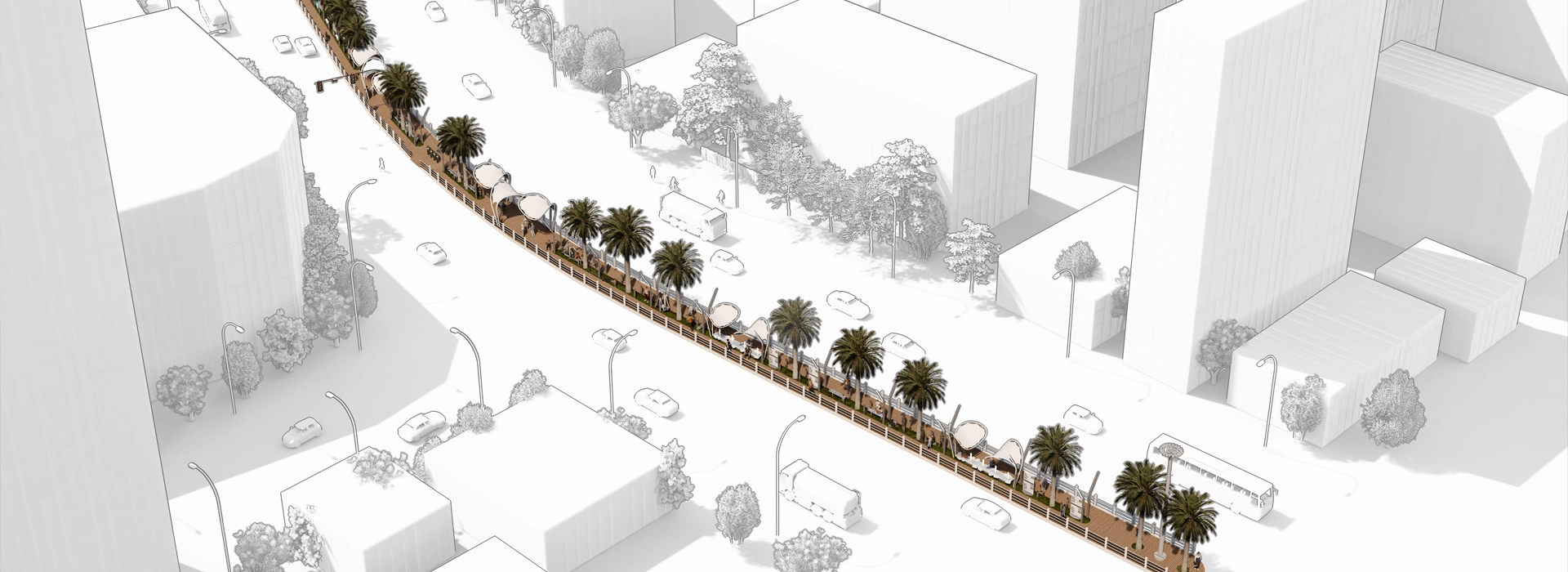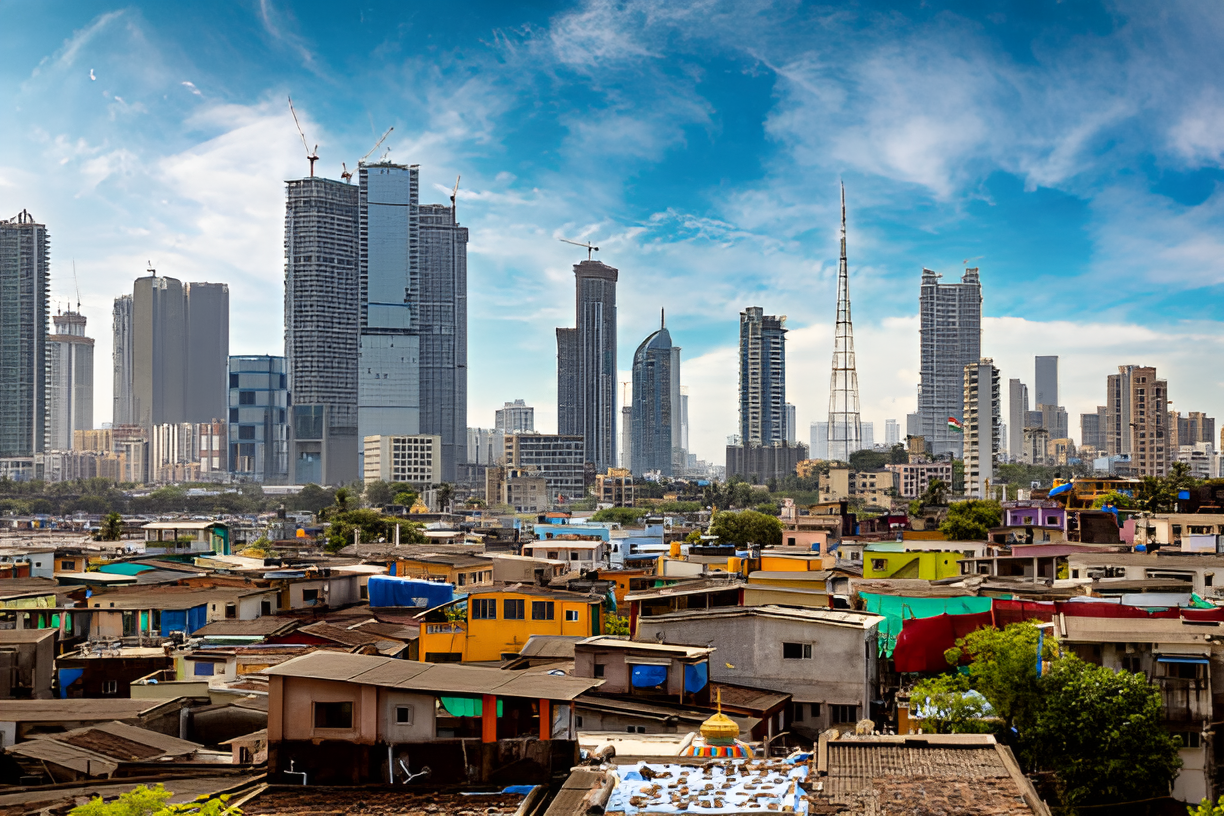


As Mumbai and Navi Mumbai continue to grow, high-rise buildings have become essential solutions to the increasing demand for residential and commercial space. However, with this vertical expansion come critical questions about sustainability in terms of infrastructure, quality of life, and environmental impact.
Infrastructure Strain
The surge in high-rise development puts significant pressure on existing infrastructure. Water supply systems, sewage management, and electricity grids often struggle to meet the rising demand. Mumbai’s aging infrastructure, in particular, is ill-equipped to handle the needs of new high-rise residents. Moreover, traffic congestion worsens as the number of high-rise dwellers increases, further taxing already crowded public transport systems.
Quality of Life
While high-rise living offers spectacular views, it can also create challenges in terms of social integration and community cohesion. In densely populated towers, residents may experience isolation, with fewer opportunities for meaningful social interaction. Additionally, high-rises often reduce the availability of green spaces, affecting residents’ well-being. Overcrowding in low-income areas can exacerbate these issues, leading to disparities in quality of life.
Environmental Impact
High-rise buildings contribute significantly to energy consumption and urban heat island effects. From construction to daily operations, these buildings have a considerable carbon footprint. With the growing concerns about climate change, it’s vital for future developments to incorporate sustainable practices, such as solar energy, rainwater harvesting, and green building materials. Failure to address these issues could further damage the environment.
Moving Forward: A Sustainable Solution?
For high-rise living to remain a viable solution, Mumbai and Navi Mumbai must prioritize smart urban planning. This includes integrating efficient public transport, enhancing green spaces, and modernizing infrastructure. Incorporating green building practices and ensuring equitable access to resources will also be key to maintaining the sustainability of high-rise developments.
Ultimately, high-rise living in Mumbai and Navi Mumbai can be sustainable, but only if developers, urban planners, and policymakers adopt a holistic approach that balances growth with environmental and social responsibility.